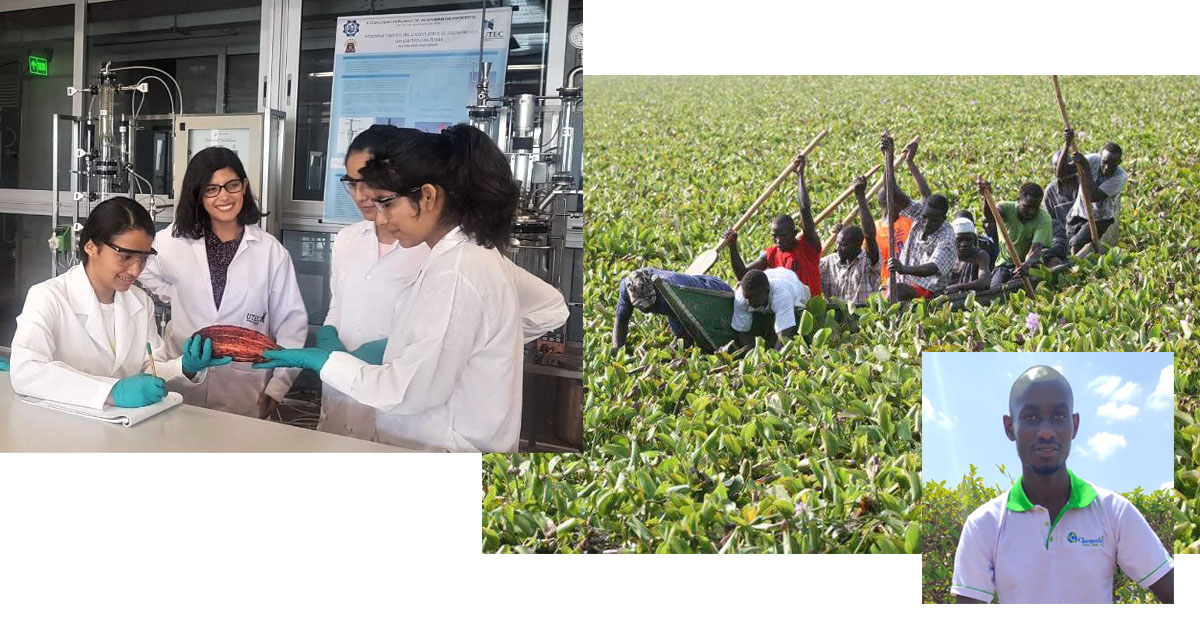Elsevier,
Global Food Security,
Volume 27,
2020,
100442,
ISSN 2211-9124,
https://doi.org/10.1016/j.gfs.2020.100442.
This paper provides an overview of children and adolescents’ diet. Food systems need to be redesigned to improve diet quality in children 0-19 years in order to address the multiple burdens of malnutrition. Data systems also need to be strengthened to track data quality among children. This article advances knowledge on SDG 2 and 3.
This article highlights the winning proposals of the fifth edition of the Elsevier Foundation Green & Sustainable Chemistry Challenge. The winning proposals were chosen for their innovative green chemistry aspects and their large positive impact on the environment, contributing to SDGs 7, 8, 10, 12, 13, 14 and 15.
This paper describes the relationship between agriculture, food supply chains and children’s and adolescents’ diets and their food accessibility, advancing knowledge on SDG 2, zero hunger.
Violence against women and girls is one of the most widespread violations of human rights. Global estimates published by WHO indicate that about 1 in 3 (35%) of women worldwide have experienced either physical and/or sexual intimate partner violence or non-partner sexual violence in their lifetime. Since 1981, Women's rights activists have observed November 25th as a day against gender-based violence. To mark this event, Elsevier presents a curated, open access collection of 52 journal articles and book chapters to highlight to the urgent need to end violence against women and girls.
This book chapter addresses goals 12, 14 and 15 by discussing the debate surrounding the role of biodegradable plastics in solving plastic solid waste accumulation and assisting the transition toward a circular economy, in turn encouraging more sustainable communities and responsible consumption.
Elsevier,
Global Groundwater. Source, Scarcity, Sustainability, Security, and Solutions, 2021, Pages 503-517
This chapter advances SDG 6 by presenting opportunities for groundwater and how information can be shared across disciplines- e.g. Many commercial operations (e.g., oil and gas, geothermal, mining) create a wealth of geological and hydrogeological information in their everyday exploration activities that can be used by groundwater professionals.
Elsevier,
Global Groundwater. Source, Scarcity, Sustainability, Security, and Solutions, 2021, Pages 577-583
This chapter advances SDG 6 by presenting an overview and consideration for groundwater desalination, including a framework tool.
Genetics, Neurology, Behavior, and Diet in Dementia, The Neuroscience of Dementia, Volume 2, 2020, Pages 833-847
This book chapter advances SDG #3 and #10 by focusing on mouse models of Alzheimer’s disease (AD), especially the 5xFAD line.
This book chapter addresses goals 14, 13 and 6 by looking at climate change and the threats to deep sea benthic habitats.
This book chapter advances SDGs 6, 12 and 11 by analyzing research studies on water remediation within the framework of 12 principles of green chemistry, bibliometric features, and characteristics of related research papers.


